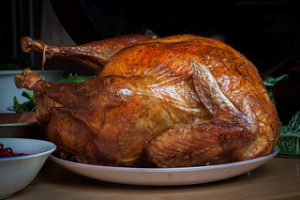
Why do families choose to use the services of an au pair? There are lots of reasons.
First of all, au pairs provide experienced, loving, live-in childcare. Every au pair has hours and hours of experience caring for children. Families can look at their applications and see exactly what ages and what kind of care and match that experience with their needs.
Second, au pairs bring cultural awareness and diversity to American families. Many families enjoy learning about different cultures and traditions. It is also common for people to want their children to be comfortable with people of different backgrounds, particularly in today’s international business world.
Third, au pairs can be much more economical than traditional childcare, particularly for families with multiple children.
Au pairs coming through Au Pair in America are carefully vetted, go through a state-of-the-art orientation upon their arrival in the US, and have ongoing, local support in the person of a local Community Counselor. The CC also provides ongoing support to the host families from their initial contact with the agency, through the selection process, and during the year. Our counselors have an average of about 12 years experience and are very familiar with the visa requirements, the educational opportunities in the area, and how to deal with possible issues, such as homesickness. The agency provides health insurance and liability insurance, and 24 hour emergency support.
Having live-in childcare is definitely not the right option for every family, but if your family is considering it, look into having an au pair. It could be the answer you’re looking for!







